|
Getting your Trinity Audio player ready...
|
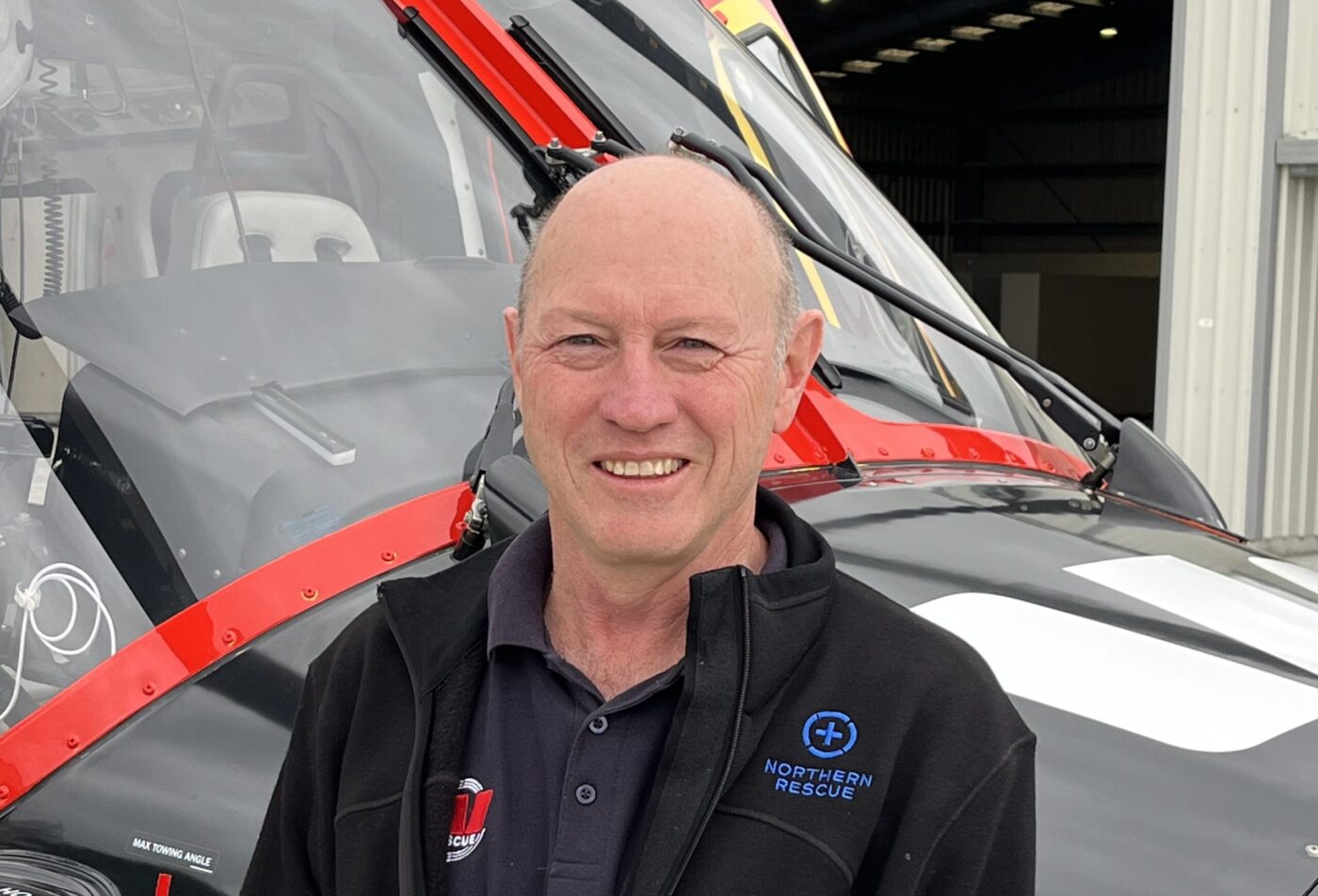
Proudly Howick born and bred, he started out as an electrical apprentice and ended up having a decorated career in the Royal New Zealand Air Force and now runs the critically important Northern Rescue helicopter operation, he explains to PJ TAYLOR.
Where were you born and grew up?
Like many of my childhood friends I was born in the Howick Obstetric Hospital near the top of Selwyn Road. Our family was well established in Howick by the 1960s. We lived in Parkhill Road where both grandparents also lived, so we were very much a local family with strong connections to the community.
What are some favourite memories of early life in Howick?
I had a very happy childhood growing up in Howick, attending Mellons Bay Primary School and later Saint Kentigern College and had lots of friends nearby. My father Jim MacPherson was a local builder and very active in the community serving in the Howick Volunteer Fire Brigade for 30 years, and Howick Sea Rescue, now Howick Coastguard, in which he’s a life member. Back then the fire station was at the top of Picton Street. I recall playing on the fire engine while Dad was “socialising” with other volunteers. Howick had a lot to offer, and our parents trusted us to behave, which we did most of the time. Of course, we didn’t have mobile phones, so there were no photos, no social media and Mum and Dad had no idea what we were up to.
How did you start your working career?
I wasn’t particularly academic at school but passed University Entrance in sixth form (year 12) and went into an electrical apprenticeship with Spalding Electrical, a local lighting and appliance retailer. They also ran an electrical contracting business under the shop where I was based. I enjoyed the trade very much and worked all around east Auckland. I followed my father into Howick Sea Rescue as a volunteer which gave me a taste for community service as well as having some fun with Dad and his old mates from the fire brigade, many of whom had migrated there when it parted ways from the volunteer fire brigade in the early 1980s. It was during this period I decided to do my private pilot’s license at Ardmore. I didn’t plan it but learning to fly was the start of a whole new career in aviation which has defined my life and career since. About the time of finishing my apprenticeship, a good friend who’s a couple of years younger joined the Royal New Zealand Air Force as a direct entrant pilot. His career choice motivated me to do the same, so a few years later at the age of 23 I also marched into Wigram as an officer cadet. It was January 1988, and I was very excited to be starting a new career in the military.
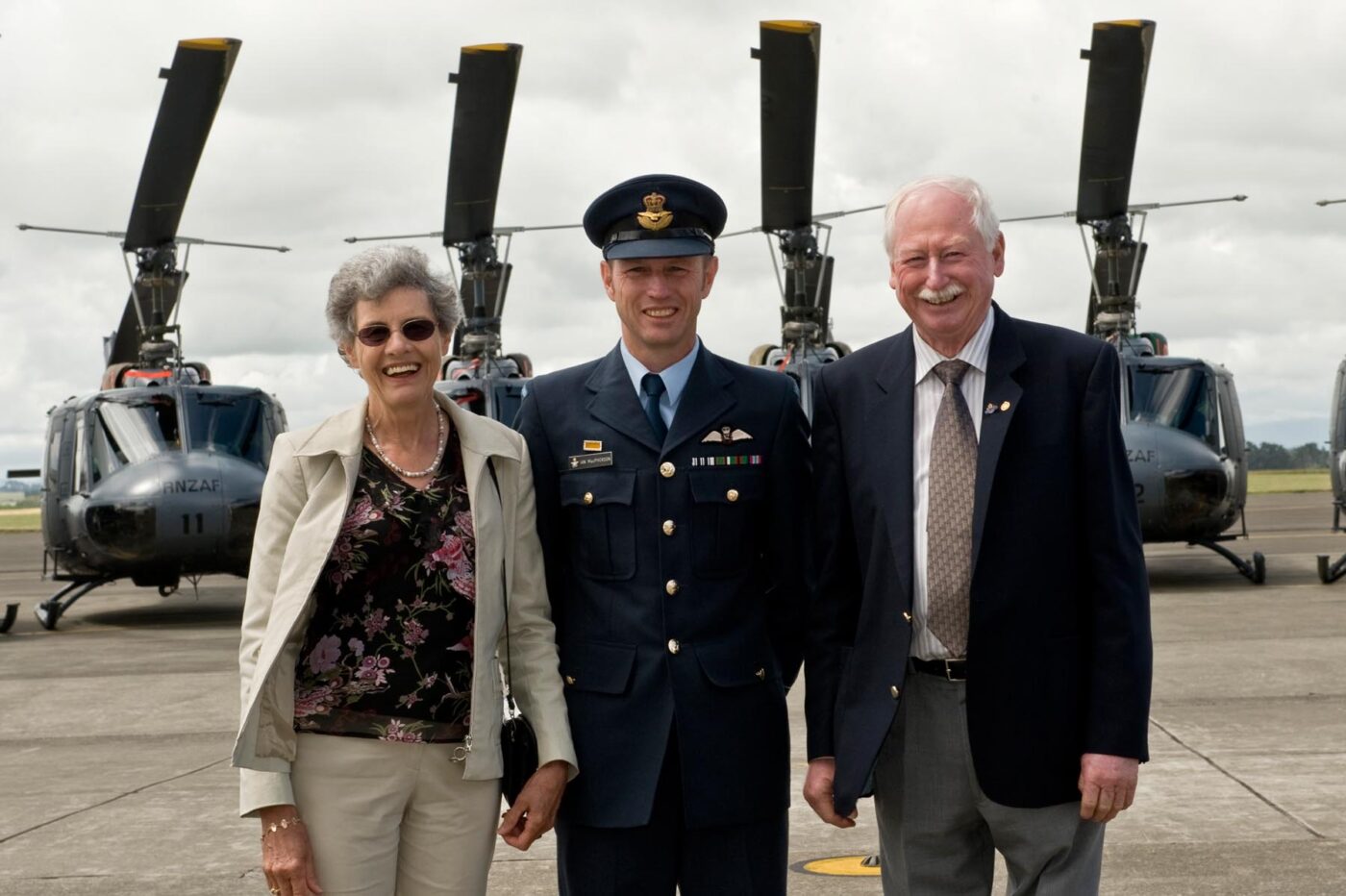
You had a long, successful career in the Air Force. Can you give us a rundown of what you did?
I had no idea when starting in the Air Force that I would serve for nearly three decades. Nor did I foresee the amazing opportunities just around the corner. Officer training and the initial phases of flying training were all at Wigram in Christchurch, and by early 1989 I was ready to move north to Ohakea for the advanced phase flying the Strikemaster jet. I remember working hard through this period as I was determined not to fail the course. Statistically the failure rate was quite high, but I loved the environment so much that failure wasn’t an option. After graduation in September 1989, I was posted to helicopters which meant I moved back to Wigram to train on the Bell 47 Sioux (think MASH helicopter) and then north again to No. 3 Squadron at Hobsonville to fly the Bell UH-1H Iroquois. The next four years flying “Hueys” was amazing, flying all over New Zealand and deploying to Antarctica, the Pacific Islands, Australia and the United Kingdom.
In 1995, I was posted onto the flying instructors’ course learning the necessary skills to train the next generation of pilots. A few years later I was back on No. 3 Squadron as a helicopter instructor. Very few pilots manage to fly continuously through their Air Force career. I was no different, so by the late 1990s I had spent a year as the Aide-de-Camp to the Governor General and 18 months as the Air Force flight safety officer.
I was then fortunate to have a role change and moved to No. 40 Squadron to fly the C-130 Hercules. This large four-engine transport aircraft was a big change from helicopters. I was married by this time to Bridget, and our two boys had arrived on the scene, so the work-life balance was getting tricky to manage. The Defence Force was also getting busy as regional wars were popping up and the NZDF was committed to numerous deployments. As a Herc pilot, I flew to and from places like Bougainville, East Timor, and Afghanistan, not to mention regular missions around the Pacific and Antarctica.
I was away a lot, and recall deploying to Afghanistan when our second boy was just two weeks old. This wasn’t easy, but time passed, and we eventually moved back to flying training at Ohakea where I was posted to the role of Officer Commanding Central Flying School. This is where instructors are trained but also home of the RNZAF display team, The Red Checkers. Formation display flying was a real highlight of my flying career and something I look back on fondly.
I was then promoted to the rank of Wing Commander and took command of No. 3 Squadron which had moved from Hobsonville to Ohakea. Once again this was another great opportunity to lead the next generation of military aircrew and engineers. This was my last military flying job and after that I was fortunate to be posted to London as Air Advisor where I spent three years in a diplomatic role, after which I returned to NZ as Director of Operations at Base Auckland and then Director of Air Force Safety and Health.
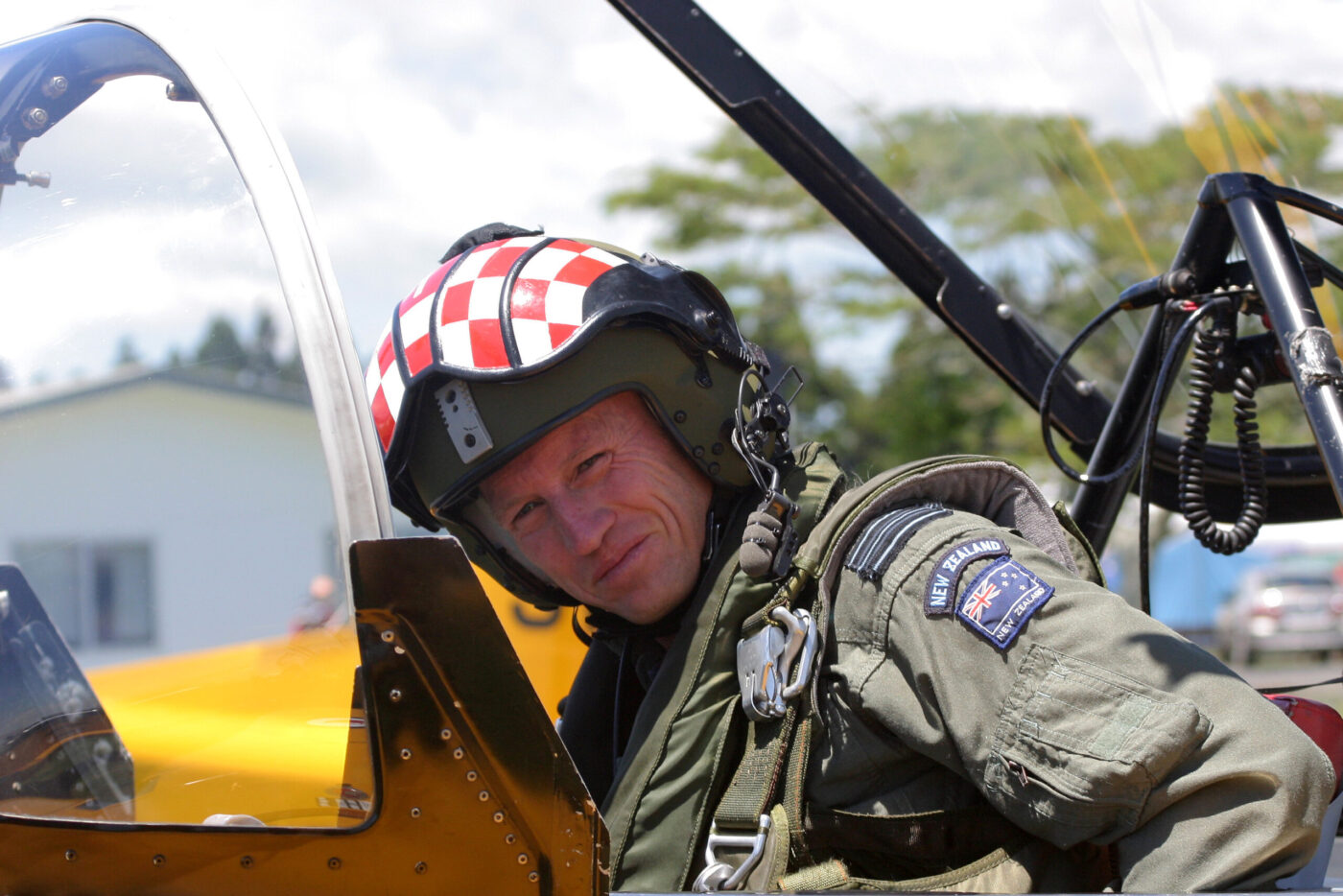
Were there any standout overseas assignments for the RNZAF?
There are a lot to choose from, but the three that stand out are the trips to Antarctica, the deployment to Afghanistan, and the three years in London. In Antarctica, I flew the Iroquois mainly around the Ross Dependency and the Dry Valleys in support of the Antarctic scientific programme. This meant we visited many remote and special places – penguin colonies and historic huts built by famous explorers such as Robert Falcon Scott. We even had Emperor penguins wandering around our aircraft on one occasion. I also flew the Hercules down to the ice several times, a very challenging and memorable experience.
Flying to Afghanistan had that element of danger as we never knew whether we were being shot at, but we didn’t ponder on that and instead concentrated on the complex task of flying around a huge and complex operational area with many procedures to follow. I remember the runways being bombed out and having to land beside craters and having armed guards defending the aircraft at some airports such as Mazar-e Sharif.
But if I had to pick one assignment that trumped them all it would be the three years in London as Air Advisor. I worked in the Defence office at the NZ High Commission where I managed the relationship between the RNZAF and the Royal Air Force and represented NZ on many formal occasions. The kids were schooled in London and we all really enjoyed the experience of living abroad and representing our country.
What was it like being Aide-de-Camp to then Governor General Dame Cath Tizard?
This was another special time that just fell in my lap. I didn’t apply for this job but instead my boss asked me twice and, in the end, I went to Wellington for the interview and was chosen. Dame Cath was the first woman Governor General and as ADCs (there were two of us), we lived down the hall and were treated like family. I was a junior flight lieutenant, and Dame Cath taught me a lot about humility and respect for others. She was an amazing person who achieved a great deal during her public life and I’m very proud to have played a small part of her amazing life.
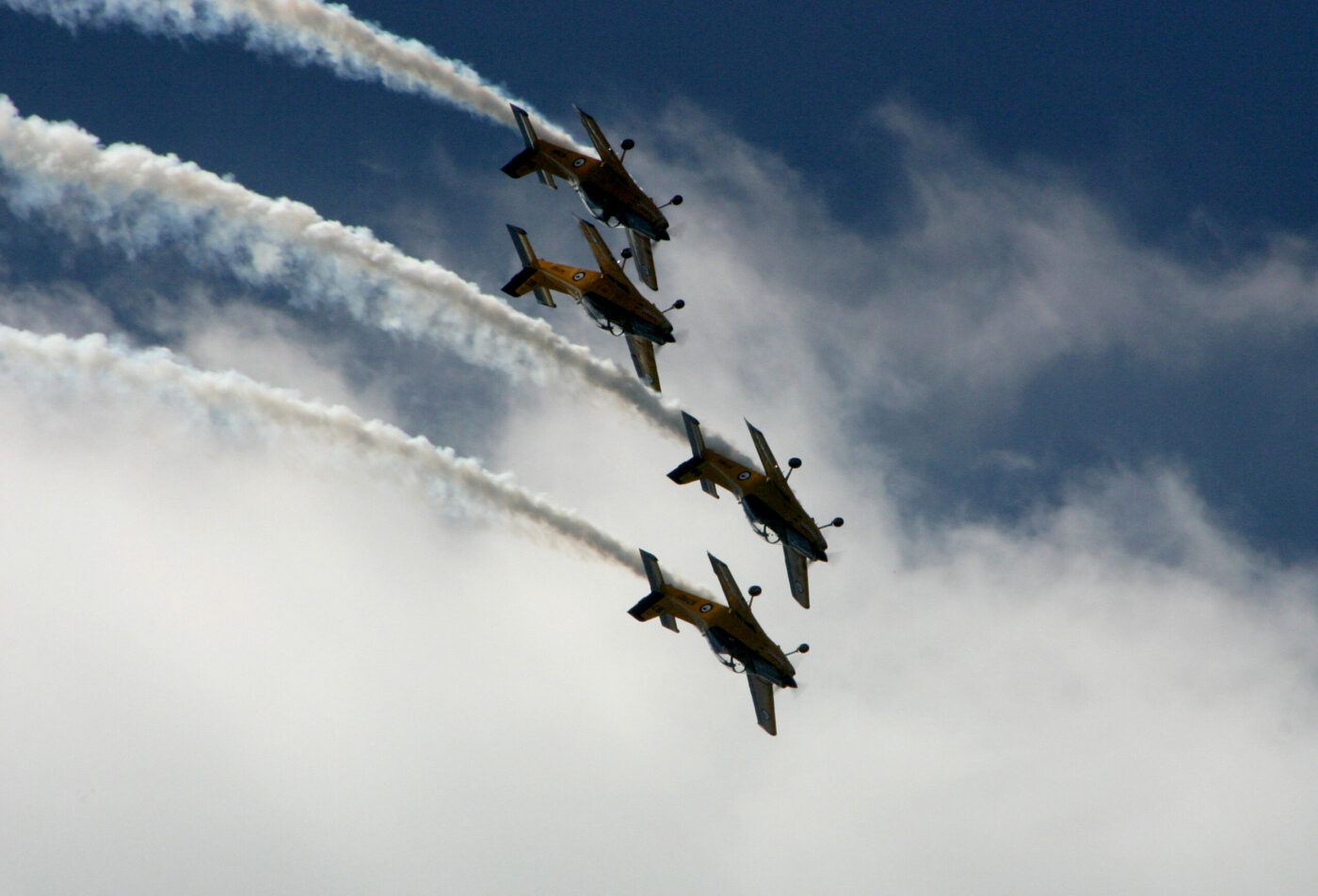
What did you do after leaving the Air Force?
When we returned from London in January 2012, I promised my family we would stay in Auckland and wouldn’t move around anymore. The kids were nearing their secondary school years, so we bought the old family home off my parents and moved back to Mellons Bay. By 2016 the options to remain in the Air Force were running out, so I left and joined Air New Zealand as a pilot flying the A320. I loved this return to flying, especially in a commercial jet but unfortunately the Covid pandemic in 2020 forced many of us out onto the street. I was able to draw on my previous experiences and got jobs quickly and even joined the Navy for nine months which was a little different. Then an old friend asked me to apply for a job at Northern Rescue Helicopter Ltd, the company operating the Westpac Rescue helicopter in Auckland. The job was as safety manager which suited me well, so I took it.
You must have a very supportive wife and children.
My wife Bridget has been a huge support to me. She’s done the heavy lifting raising the boys, keeping the domestics under control and managing numerous house moves. Through that she ran her own business for many years and put up with me and the constant job changes. I could not have achieved what I’ve done and I’m very thankful for having such a supportive friend and wife. We often used to recognise partners when I was in the Air Force because they were regularly left at home, and Bridget was no different. Looking back, I can’t believe that I deployed to Afghanistan, a combat zone, when our second boy was just two weeks old, but she just got on with it… amazing!
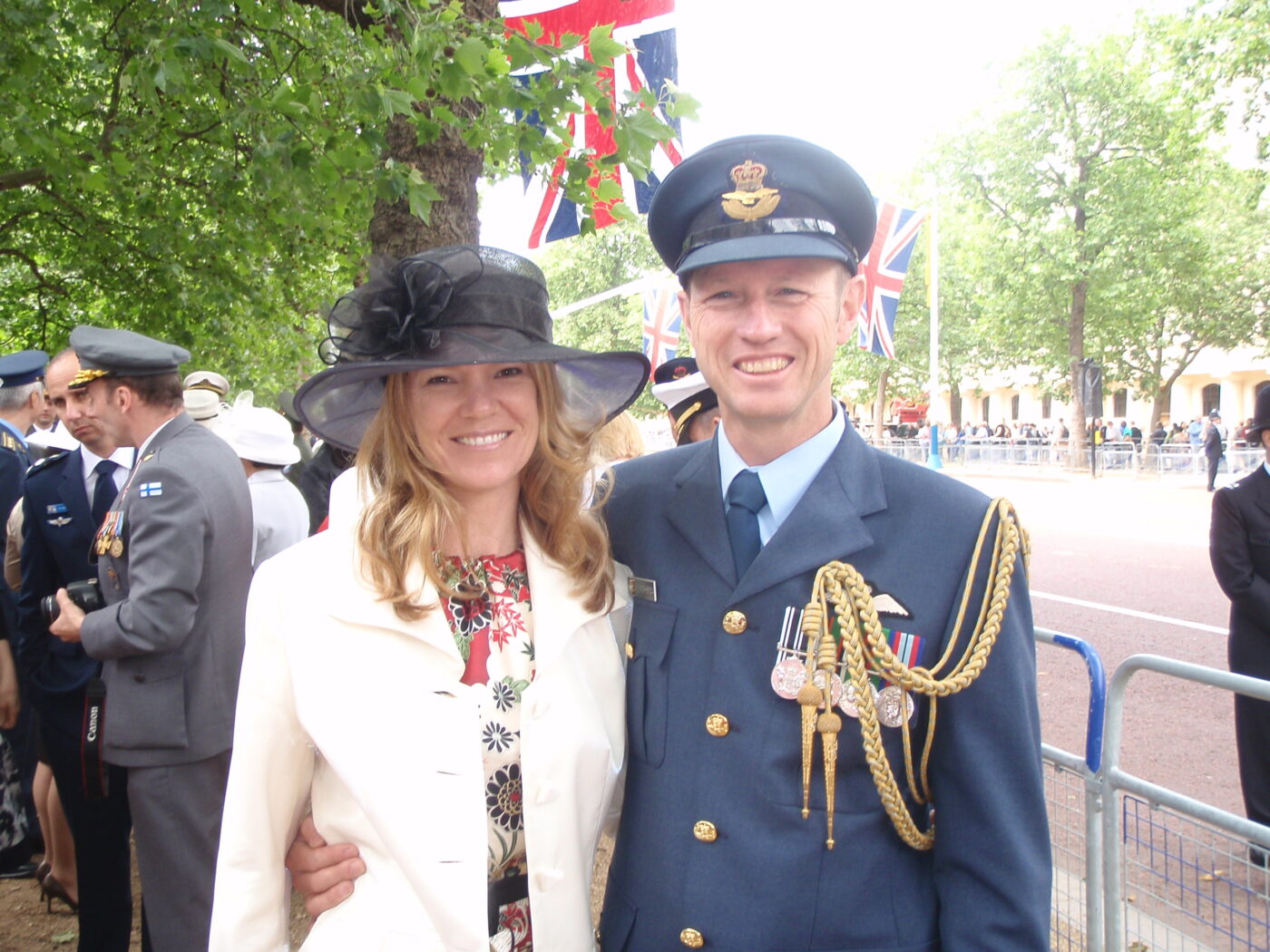
How did you become chief executive of Northern Rescue and what does it do?
This is yet another unplanned career change. I had been in the safety manager role for about two years when the then CEO told me he was returning to Sydney where he was from. That was a big surprise and immediately my mind switched to returning to Air NZ. He then told me he’d recommended to the board that I was one of two options to take over from him as CEO. That left me speechless. I asked for a few days to think it over. In the end I decided to accept the offer as these things don’t come around often, if ever, and 18 months later I think it was a good decision. I love the job. It’s certainly keeping me busy working with an amazing group of people who are motivated to help the community. I like that we have a real purpose. It’s a bit like Defence in that way, and I feel my previous skills are useful in this environment, so this is where I’ll stay for as long as I can.
Tell us about Northern Rescue and how can the community help you?
Northern Rescue mainly serves Auckland and Northland communities. We have a base at Ardmore and another in Whangarei supporting the whole region from Coromandel up to Cape Reinga. It’s a huge area with many people living or holidaying in remote areas and sometimes getting in trouble in hard-to-access places or out at sea. We mainly do three types of jobs, prehospital, such as car accidents, inter-hospital transfers, moving patients around to get the best level of care, or search and rescue, which is quite specialised. We do about 2400 jobs per year and use six aircraft to meet the demand. The cost of this service goes up every year and although we get a lot of help from the Crown, it still isn’t enough to cover all the costs, not even close. This is why we need the support of our communities to contribute to the operating expenses, base improvements, help fund safety equipment, clinical equipment, clothing and helmets etc. The list goes on and we’re very thankful for the support we get through various lotteries and appeals and those members of the community that dig deep for our service. A huge thank you to all our supporters in the community and in industry from the team at Northern Rescue.
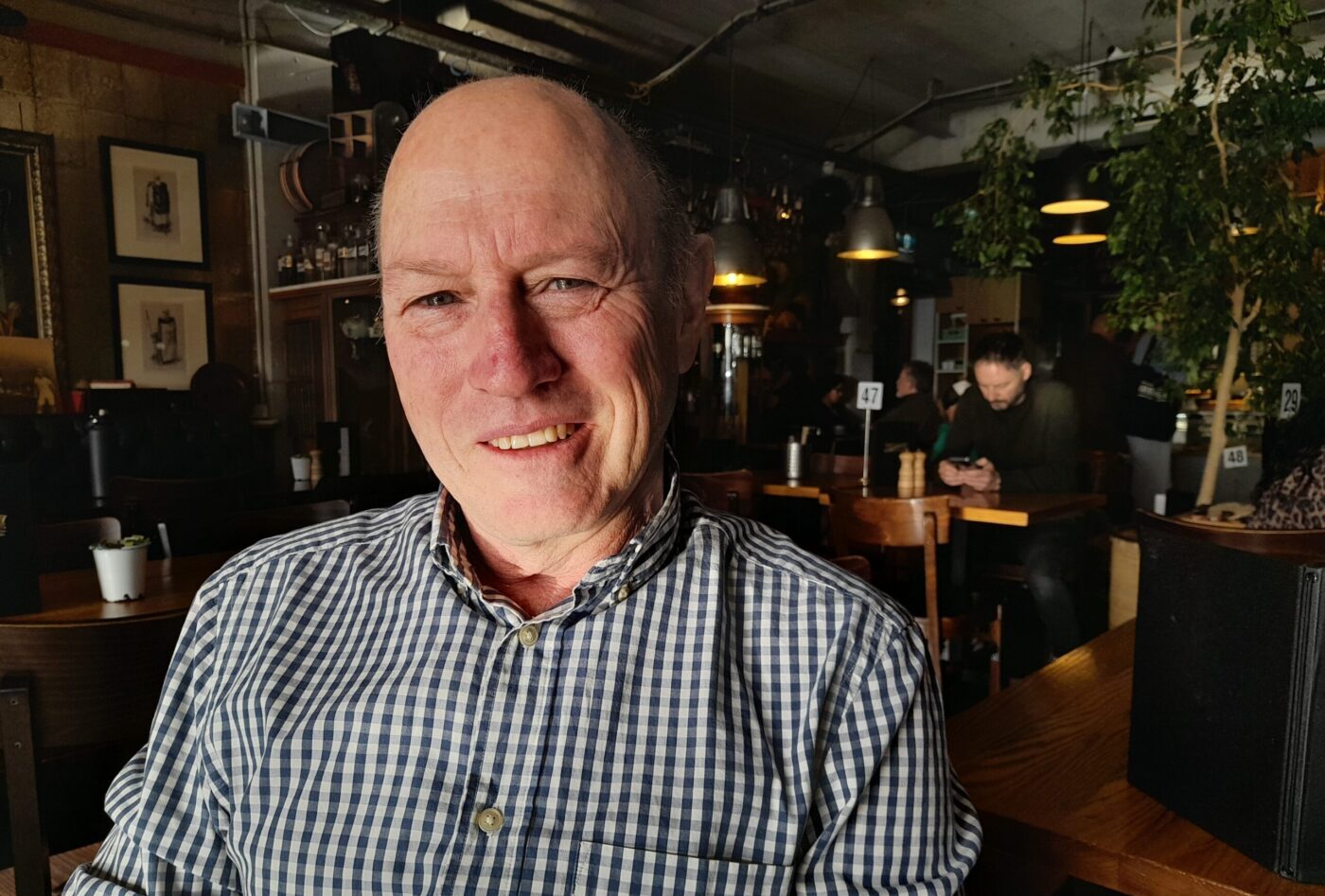
- To donate to the Northern Rescue helicopter operation, go to: https://www.rescuehelicopter.org.nz/


